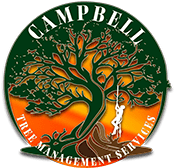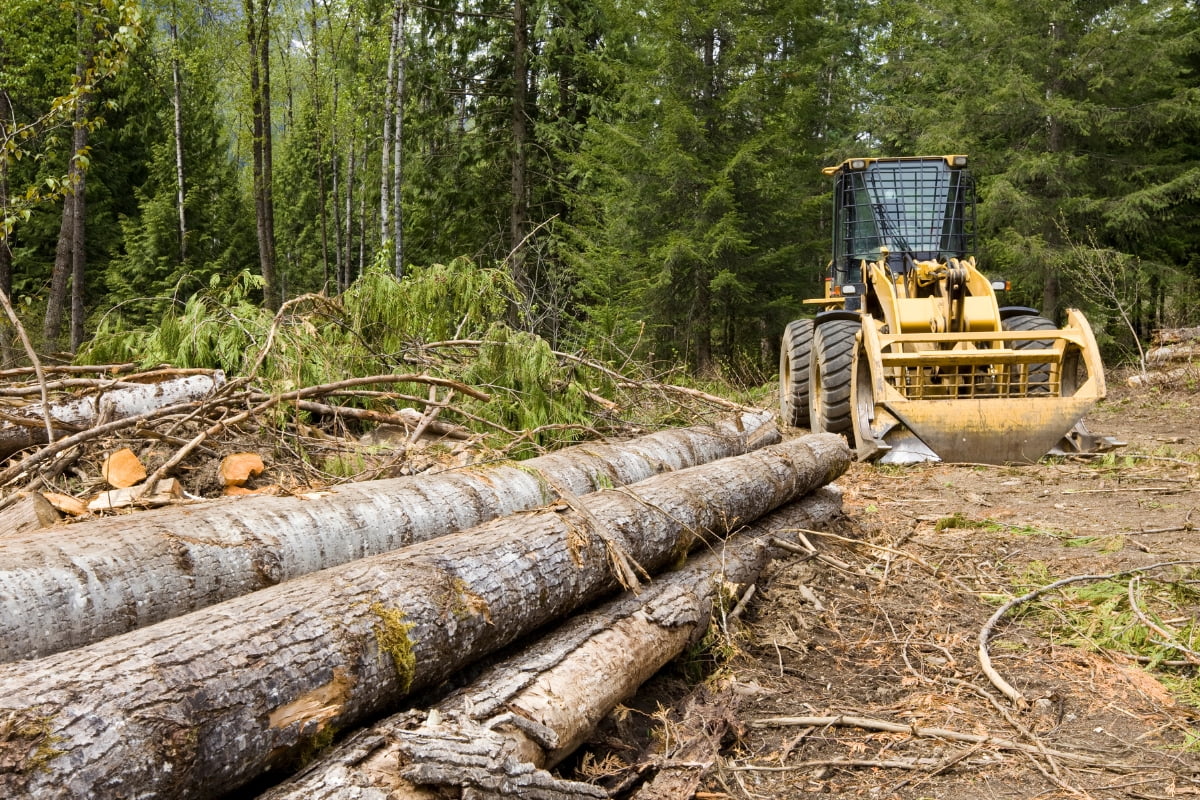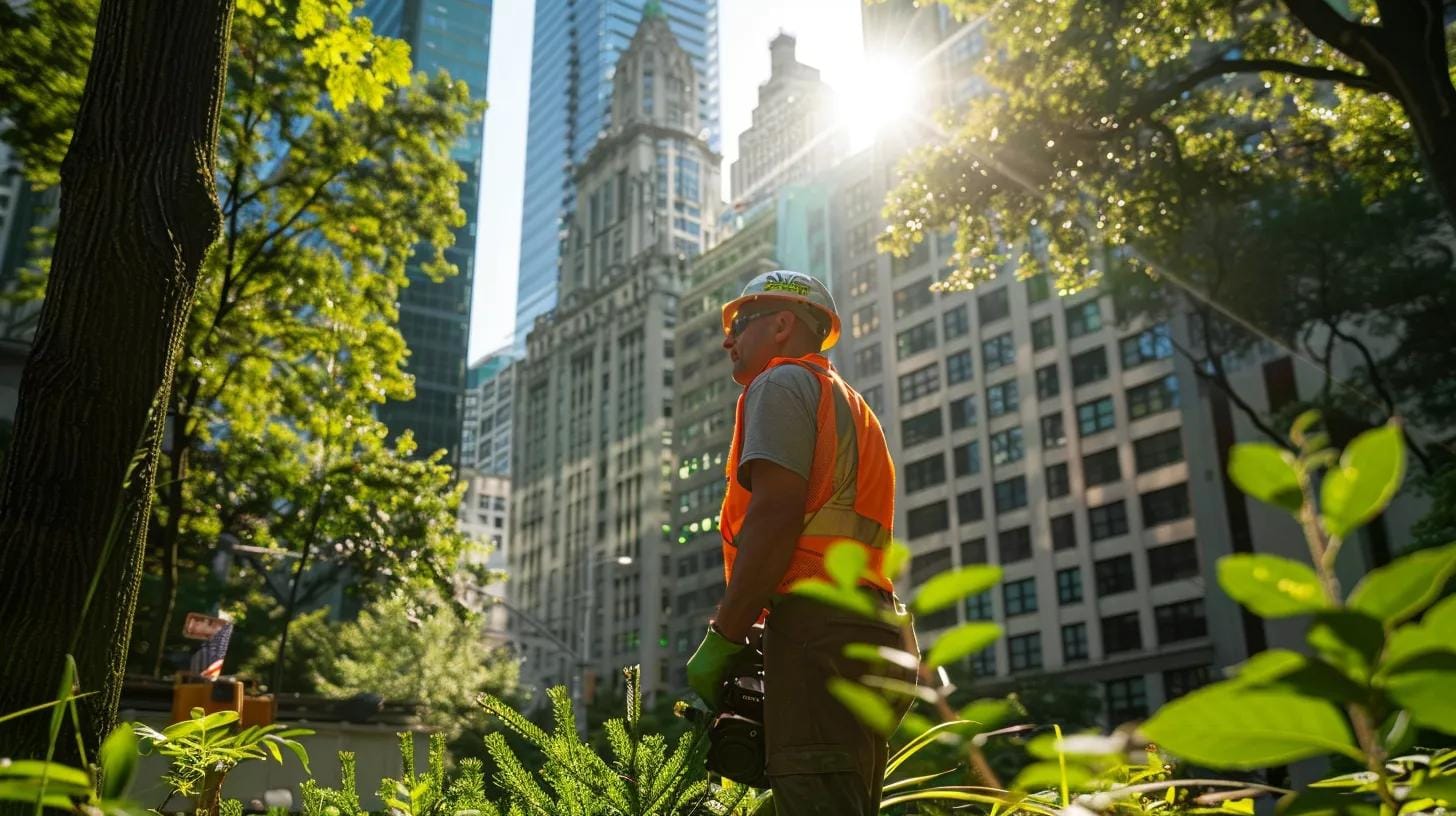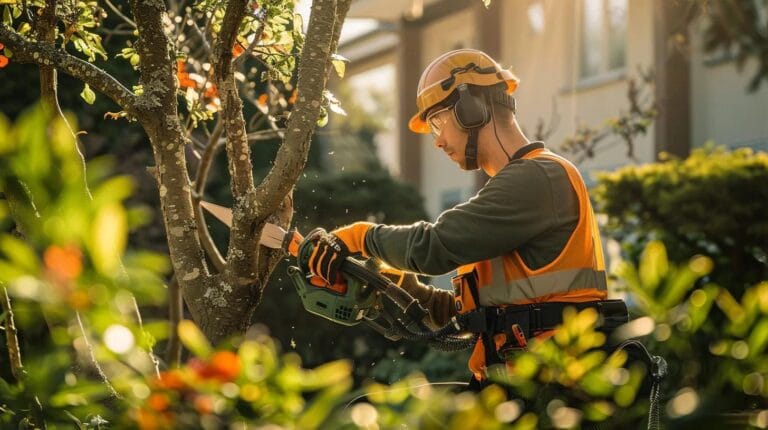Land clearing is often seen as a preliminary step in development projects, but its benefits extend far beyond merely preparing a site for construction.
This crucial process can significantly enhance the potential of a project by improving land usability, increasing safety, and fostering environmental sustainability. In this guide, we will uncover the untold benefits of land clearing for development projects, highlighting how it can contribute to a more efficient, safe, and eco-friendly development.
From reducing fire hazards and promoting healthy soil to facilitating better land management and maximizing space, discover how strategic land clearing can be a game-changer for your next project.
Whether you’re a developer, landowner, or planner, learn how to harness the full potential of land clearing techniques to pave the way for successful and sustainable development.
Want to Build or Renovate? Start with Proper Land Clearing
Promoting Sustainable Development Through Clearing

Land clearing, when done responsibly and with careful planning, can contribute to sustainable development in various ways. By clearing land for development projects, we can create spaces that are designed to be environmentally friendly and resource-efficient.
One of the key aspects of promoting sustainable development through clearing is the opportunity to implement green building practices. When land is cleared for construction, developers have the chance to incorporate energy-efficient designs, renewable energy sources, and water conservation systems into their projects. This not only reduces the environmental impact but also lowers long-term operational costs for residents or businesses.
In addition to green building practices, clearing can also facilitate the establishment of sustainable transportation systems.
By strategically clearing land for roads, bike lanes, and pedestrian walkways, urban environments become more accessible and encourage alternative modes of transportation. This reduces reliance on cars and promotes healthier lifestyles while minimizing carbon emissions.
Improving Safety and Accessibility in Urban Environments With Land Management Experts

Land clearing plays a crucial role in improving safety and accessibility in urban environments. By removing overgrown vegetation or hazardous trees, we create clear lines of sight that enhance public safety.
This is particularly important in areas prone to criminal activities or natural disasters, as clear visibility can deter illegal activities and facilitate emergency response efforts. Removing potential fire hazards, such as dry brush and dead trees, also mitigates the risk of wildfires, protecting urban communities.
Furthermore, clearing allows for the creation of well-planned infrastructure that improves accessibility for all individuals. By designing pathways that are wheelchair-friendly or installing ramps for easy access, we ensure that urban spaces are inclusive and accommodating to people with disabilities. This approach not only promotes mobility but also fosters social inclusion by enabling everyone to navigate and enjoy public spaces independently.
In addition to improving physical accessibility, thoughtful clearing and urban planning can lead to the development of public parks, green spaces, and recreational areas. These spaces offer residents safe and accessible areas for exercise, relaxation, and community gatherings, contributing to the overall quality of urban life. By integrating green spaces into urban planning, we also enhance environmental sustainability, providing natural habitats for wildlife and helping to manage urban heat islands.
Effective clearing, therefore, supports the dual goals of safety and accessibility, creating urban environments that are both secure and welcoming for all residents. By prioritizing these aspects in urban development, we can build communities that are resilient, inclusive, and conducive to a high quality of life.
Boosting Economic Growth Through Efficient Land Use

The efficient use of cleared land can have a significant impact on economic growth. When undeveloped land is transformed into commercial or residential areas, it attracts businesses and investors who contribute to job creation and economic prosperity. The development of new commercial spaces, such as shopping centers, office buildings, and industrial parks, provides a range of employment opportunities, stimulating local economies and increasing tax revenues for municipalities.
Moreover, by carefully planning the use of cleared land, we can optimize its potential and maximize its value. This includes considering factors such as zoning regulations, infrastructure requirements, and market demand. Strategic zoning ensures that land is used for its most beneficial purposes, balancing residential, commercial, industrial, and recreational needs. Infrastructure improvements, such as roads, utilities, and public transportation, further enhance the attractiveness of these areas for development.
Additionally, the creation of mixed-use developments can lead to more dynamic and sustainable communities. Combining residential, commercial, and recreational spaces in close proximity encourages a vibrant, walkable environment that attracts residents and businesses alike. This approach reduces commute times, lowers transportation costs, and fosters a sense of community, making the area more desirable.
Furthermore, investing in green spaces and sustainable practices within these developments can enhance quality of life and attract environmentally conscious businesses and residents. By integrating parks, open spaces, and green infrastructure, we can create healthier, more appealing environments that support long-term economic growth.
Overall, efficient land use planning that integrates economic, environmental, and social considerations can transform cleared land into thriving hubs of activity, driving sustained economic growth and enhancing community well-being.
Enhancing Biodiversity Conservation Practices and Strategies

Contrary to popular belief, clearing the land can actually enhance biodiversity conservation strategies when approached with a holistic mindset. While it involves removing vegetation in certain areas, it also provides opportunities for habitat restoration and ecological balance.
For example, when land is cleared for development projects, measures can be taken to preserve existing habitats or create new ones nearby. This can include planting native species, establishing wildlife corridors, or setting aside protected areas within the development site. By integrating these conservation efforts into clearing practices, we can mitigate the negative impacts on biodiversity and even contribute to the overall enhancement of local ecosystems.
In addition, clearing can be strategically planned to remove invasive species that threaten native flora and fauna. This approach helps restore natural habitats and supports the recovery of native species populations. Employing techniques such as selective clearing and controlled burns can improve habitat quality and promote greater biodiversity.
Moreover, collaborative efforts between developers, conservationists, and local communities can lead to more effective conservation outcomes. Engaging stakeholders in the planning process ensures that biodiversity considerations are incorporated from the outset, leading to more sustainable and resilient ecosystems.
Ecological monitoring and adaptive land management experts are also crucial components of enhancing biodiversity conservation practices through clearing. Regular assessments of biodiversity health before, during, and after clearing activities allow for timely adjustments and the implementation of additional conservation measures as needed. This dynamic approach ensures that conservation strategies remain effective over time.
By viewing clearing as an integral part of a broader conservation strategy, we can create a balanced approach that supports both development and biodiversity, fostering healthier ecosystems and promoting long-term ecological sustainability.
Mitigating Natural Hazards with Strategic Clearing
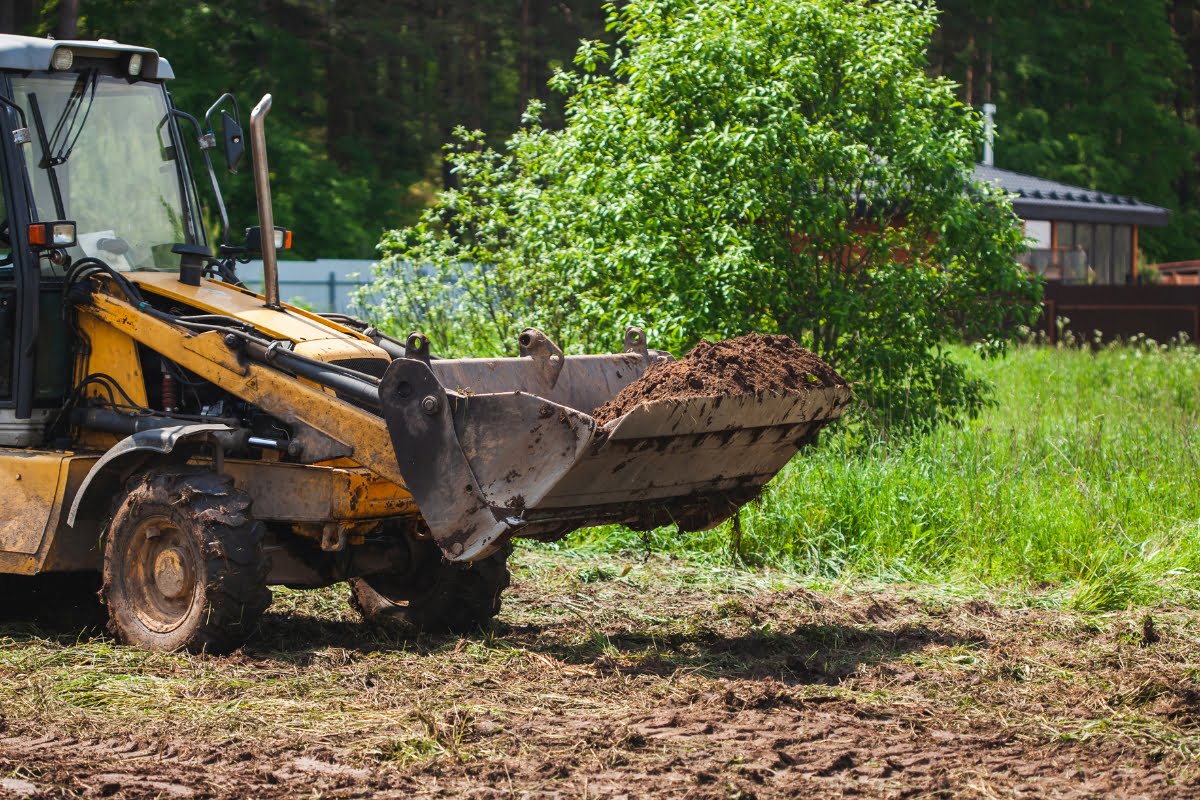
Strategic land clearing processes can help mitigate natural hazards by reducing the risk of wildfires, landslides, or flooding. By removing excess vegetation or trees that are prone to fire or erosion, we create buffer zones that act as a protective barrier against these hazards.
In areas prone to wildfires, for instance, clearing can involve creating firebreaks or thinning out dense vegetation to prevent the rapid spread of flames. Firebreaks are strategically placed strips of cleared land that halt the progress of wildfires, giving firefighters a better chance to control and extinguish the flames. Thinning out dense forests reduces the amount of combustible material, lowering the intensity and speed of wildfires.
Similarly, in regions susceptible to landslides or flooding, strategic clearing helps improve water drainage and reduces soil erosion. By clearing unstable slopes and planting deep-rooted vegetation, we can stabilize the soil and prevent landslides. Additionally, managing vegetation in flood-prone areas ensures that water flows more freely during heavy rains, reducing the likelihood of flooding and its associated damage.
Strategic clearing also involves maintaining vegetation that naturally supports the land’s stability and water management. For example, preserving riparian buffers—vegetated areas along water bodies—can absorb excess rainwater, reduce runoff, and filter pollutants, thereby enhancing flood control and water quality.
Incorporating these practices into urban planning and land management not only mitigates natural hazards but also promotes safer and more resilient communities. By carefully balancing land clearing with conservation efforts, we can protect both human populations and the environment from the adverse effects of natural disasters.
Facilitating Infrastructure Development in Remote Areas
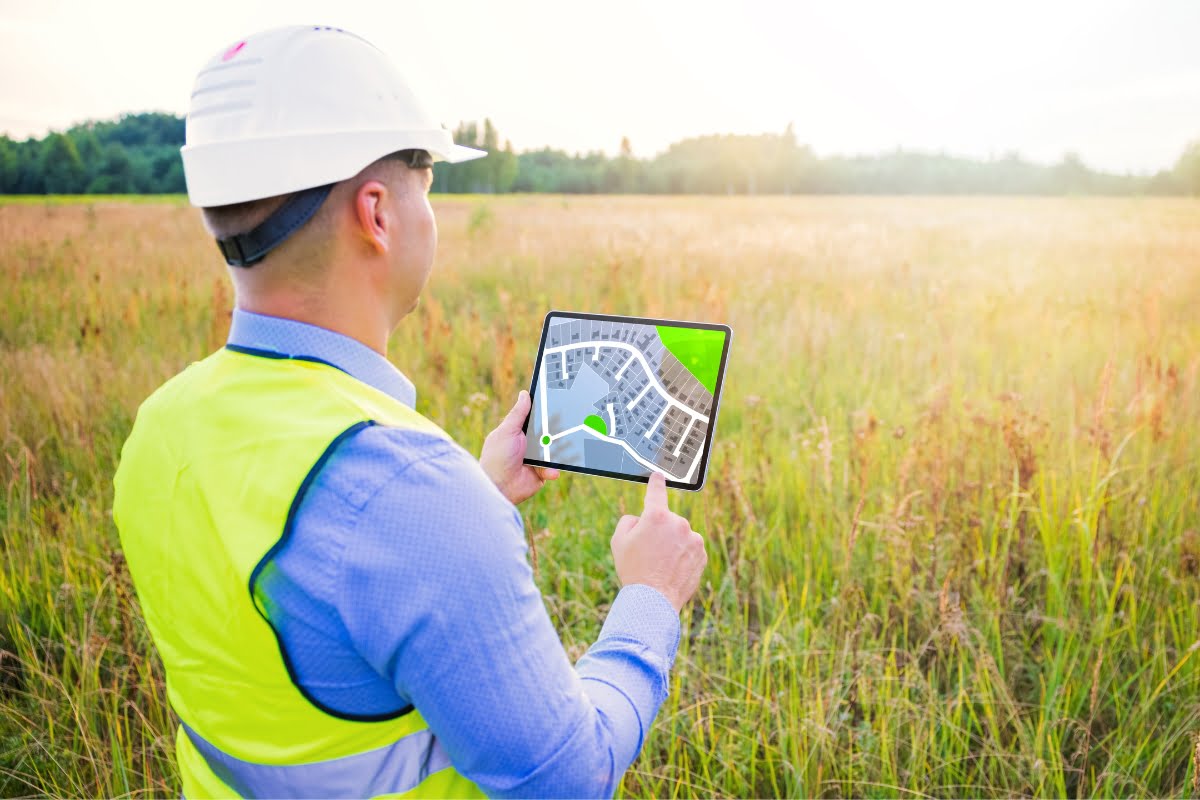
In remote areas where infrastructure is limited or nonexistent, clearing plays a vital role in facilitating development projects. By preparing the land for construction of roads, buildings, or utility systems like water and electricity supply networks, we open up opportunities for growth and connectivity.
Infrastructure development in remote areas can lead to improved access to education, healthcare, and economic opportunities for local communities. For example, the construction of roads can drastically reduce travel time, making it easier for children to attend schools, patients to reach healthcare facilities, and goods to be transported efficiently. Improved infrastructure also attracts businesses and investors, fostering economic growth and job creation.
Furthermore, developing infrastructure in remote areas helps bridge the gap between urban and rural regions, promoting balanced regional development. Enhanced connectivity can facilitate the exchange of goods, services, and information, integrating remote communities into broader economic and social networks. This integration not only elevates the standard of living in these areas but also contributes to national development goals.
Additionally, well-planned infrastructure projects can include provisions for sustainable practices, such as renewable energy installations and environmentally friendly construction methods. This approach ensures that development benefits both the local population and the environment, leading to long-term sustainable growth.
By facilitating infrastructure development through strategic clearing, we can transform remote areas into thriving, connected communities, providing them with the tools needed for sustained progress and improved quality of life.
Creating Green Spaces for Community Well-being
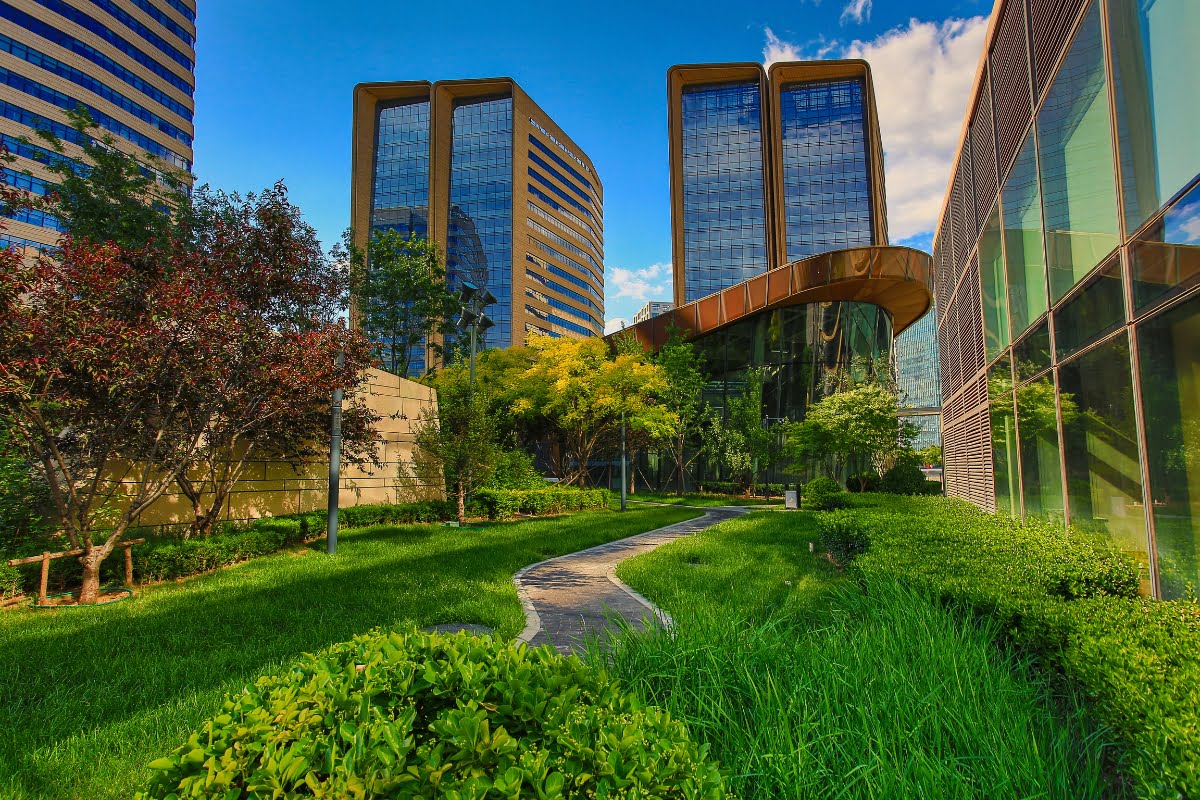
Land clearing can also be instrumental in creating green spaces that enhance community well-being. By clearing land for parks, gardens, or recreational areas, we provide spaces for people to connect with nature, engage in physical activities, and improve their overall quality of life.
Green spaces have been proven to have numerous benefits, including stress reduction, improved mental health, and increased social interaction. These areas offer a natural escape from the urban environment, allowing individuals to relax, unwind, and enjoy the beauty of nature. Regular access to green spaces can significantly lower stress levels and promote a sense of calm and well-being.
In addition to mental health benefits, green spaces encourage physical activity, which is crucial for maintaining overall health. Parks and recreational areas provide safe, accessible venues for exercise, such as walking, jogging, cycling, and playing sports. This promotes a more active lifestyle and can help reduce the prevalence of chronic diseases like obesity and heart disease.
Moreover, green spaces foster social interaction and community cohesion. They serve as communal gathering spots where people can meet, socialize, and participate in community events. This enhances social bonds and fosters a sense of belonging, contributing to stronger, more connected communities.
Incorporating green spaces into urban environments through land clearing refers not only to initiatives that improve physical and mental health but also create vibrant, dynamic communities. By prioritizing the development of parks, gardens, and recreational areas, we can ensure that urban environments are conducive to the well-being and happiness of their residents.
Incorporating Smart Clearing Practices for Environmental Protection

To ensure the long-term sustainability of land clearing practices, it is essential to incorporate smart techniques that prioritize environmental protection. This includes employing methods such as selective clearing or using machinery that minimizes soil disturbance.
Selective clearing focuses on removing specific vegetation while preserving valuable trees and plants, maintaining the natural habitat and biodiversity. Utilizing low-impact machinery helps prevent soil erosion and compaction, which are crucial for maintaining soil health and preventing long-term environmental damage.
Smart land clearing practices also involve proper waste management and recycling of cleared vegetation. By repurposing organic materials or converting them into biomass energy sources, we reduce waste and minimize the carbon footprint associated with clearing activities.
For example, wood chips from cleared trees can be used as mulch, while other organic matter can be composted or transformed into biochar, enhancing soil fertility.
Incorporating erosion control measures, such as silt fences or retaining walls, further protects nearby water bodies from sediment runoff. Establishing buffer zones around sensitive areas like wetlands and streams also safeguards these ecosystems from the impacts of clearing activities.
Additionally, involving environmental experts in planning and execution ensures adherence to ecological best practices and compliance with regulations. Continuous monitoring and adaptive management strategies allow for adjustments to minimize ecological impacts and enhance restoration efforts.
Leveraging Technology for Sustainable Clearing Solutions

The advancement of technology has opened up new possibilities for sustainable land clearing solutions. From using drones for aerial surveys to employing precision machinery for efficient vegetation removal, technology allows us to minimize environmental impact while maximizing productivity.
For example, Geographic Information System (GIS) technology can be utilized to analyze terrain data and identify optimal locations for land clearing projects. This helps minimize disruption to sensitive ecosystems or protected areas while still achieving project objectives. GIS technology enables detailed mapping and analysis of land characteristics, guiding decision-makers in planning sustainable land use that avoids critical habitats and preserves biodiversity.
Drones equipped with high-resolution cameras and sensors can conduct aerial surveys, providing comprehensive data on vegetation cover, topography, and soil conditions. This information aids in planning and monitoring land clearing activities, ensuring precision and reducing unnecessary disturbances. Drones can also help in post-clearing assessments, tracking the progress of reforestation or habitat restoration efforts.
Precision machinery, such as mulchers and tree shears, allows for targeted removal of vegetation, reducing soil disturbance and protecting surrounding flora and fauna. These machines can be guided by GPS technology to ensure accuracy and efficiency, further minimizing environmental impact.
Moreover, remote sensing technologies, including LiDAR (Light Detection and Ranging), provide detailed three-dimensional models of the terrain, assisting in planning and executing land clearing projects with minimal ecological disruption. These models can identify areas prone to erosion, enabling the implementation of erosion control measures before clearing begins.
Conclusion: Embracing the Multifaceted Benefits of Land Clearing With Tree Service Clearing
Land clearing, when approached responsibly and with careful consideration for the environment, offers a multitude of benefits that extend beyond the surface. By embracing the multifaceted benefits of land clearing, we can create spaces that are not only aesthetically pleasing but also functional, inclusive, and environmentally friendly. It is through responsible tree service clearing that we pave the way for innovation, progress, and a brighter future for both humans and nature.
Discover the untold benefits of land clearing for your development projects with a clearing company and the expert tree services of Campbell Tree Management Services. Our professional team ensures efficient and environmentally responsible land clearing equipment to prepare your site for successful development. Contact us today at (770) 286-8058 for more information or visit our website to get a free quote.
